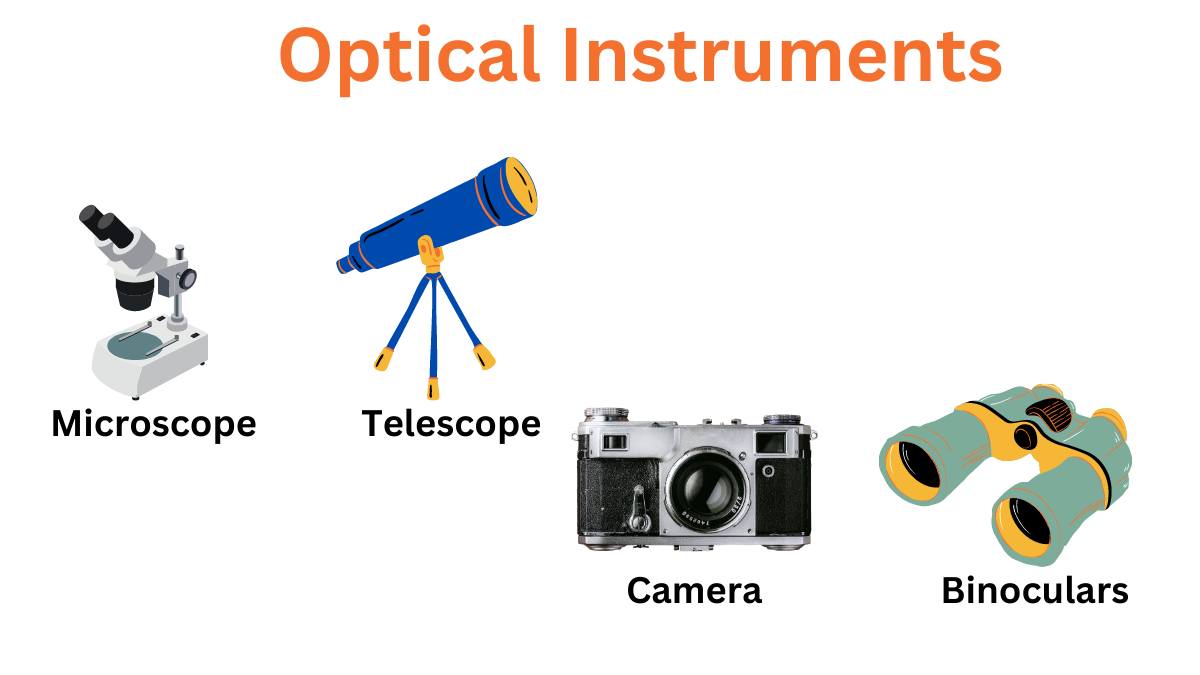Optical Fiber Communication-Applications And Advantages
Optical Fiber Communication is the type of communication in which signals are transmitted in form of light. The Fiber optics principle for the propagation of light is total internal reflection. there are many types of optical fiber but there are so some power losses in optical fiber during communication
Optical Fiber Communication
A fiber optic communication system consists of three major components.
- Transmitter
- Optical fiber
- Receiver

Transmitter:
It converts electrical signals to light signals.
Optical fiber:
It is used for guiding the signals.
Receiver:
It captures the light signals from the fiber and converts them into electrical signals.
Working of a transmitter in optical fiber communication
The light source in the transmitter can be either a semiconductor laser or a light emitting diode (LED). In these devices light emitted is an invisible infra-red signal. The typical wavelength is 1.3 µm. Such light will travel much faster through optical fibers than will either visible or ultra-violet light.
The lasers and LEDs used in this application are tiny units in order to match the size of the fibers which is less than half the size of the thumbnail.
Modulation in optical fiber communication:
Modulation is necessary for the light waves to transmit information by light waves, whether it is an audio signal, a television signal, or a computer data signal.
The most common method of modulation is called digital modulation in which the laser or LED is flashed on and off at an extremely fast rate. A pulse of light represents the number ‘1’ and the absence of light represents zero.
Working of optical fiber:
In a sense, instead of flashes of light traveling down the fiber ones (1s) and zeros (0s) are moving down the path.
Working of the receiver:
With computer-type equipment, any communication can be represented by a particular pattern or code of these 1s and 0s. At the end of the fiber, a photodiode converts the signals which are then amplified and decoded.
The receivers are programmed to decode the 1s and 0s it receives the data in the form of sound pictures or data as required. Digital modulation is expressed in bits (binary digit) or megabits (106 bits) per second where a bit is a 1 or a 0.
Repeaters:
Even though the ultra purity tees 99.99% glass of the optical fiber, the light Signals eventually become dim and are regenerated by devices called repeaters. Repeaters are typically placed about 30km apart, but in the newer systems, they may be separated by as much as 100km.
Applications of Optical Fiber communication
Optical fiber communication is used in many fields, In the medical, it is used as light guides, imaging tools, and also as lasers for surgeries. Some other applications are
- Data Storage
- Defense/Government
- Networking
- Telecommunications
- Broadcast
- Community antenna television
Advantages of Optical fiber communication
There are many advantages of using Optical fiber communication. It gives better bandwidth. Fiber optic cables have much greater bandwidth than metal cables.
Higher bandwidth means the optical fiber has a faster speed. There are also many other advantages of using Optical fiber communication.
- Longer transmission distances
- Improved latency
- Greater flexibility
- Stronger security







Leave a Reply